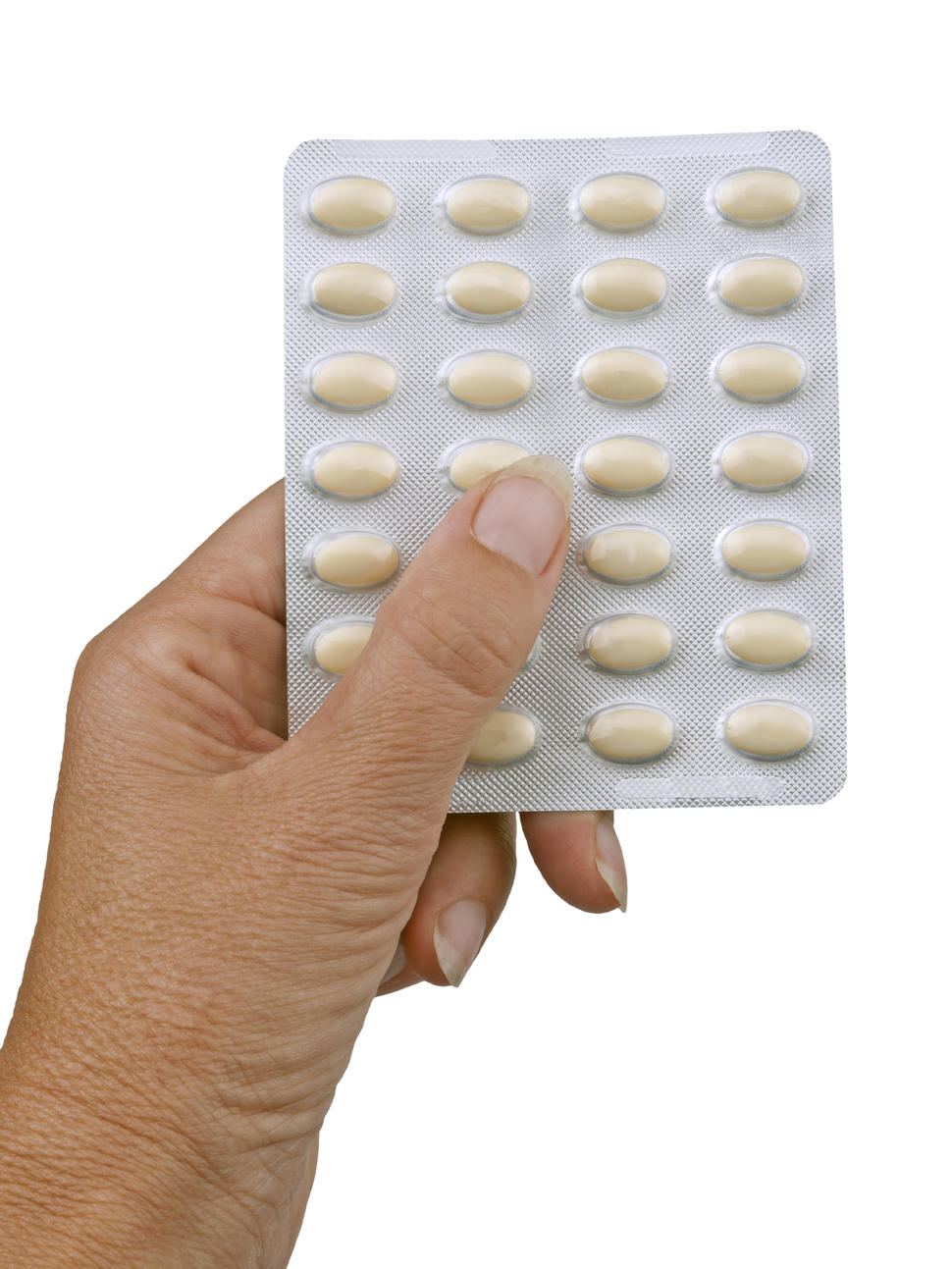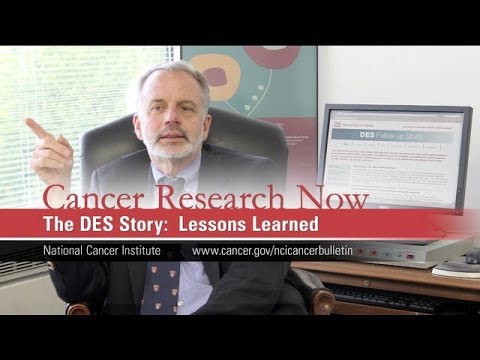DCEG research on the effect of pharmaceuticals and medical devices on cancer has made a significant impact in the following areas:
Hormone-related Therapy
Menopausal Hormone Therapy
As early as the mid-1970s DCEG researchers observed that menopausal hormone therapy was associated with increased breast cancer risk—and that the risk was greater with estrogen-progestin regimens than with estrogen alone (Hoover et al., 1976; Schairer et al., 2000). In the early 2000s, data from the Women’s Health Initiative confirmed this observation and resulted in a fundamental shift in medical practice. The change in use of menopausal hormone therapy resulted in a decrease in breast cancer incidence.
Diethylstilbestrol (DES)
Diethylstilbestrol (DES) is the first carcinogen to have been shown to cross the placenta and cause cancer in the offspring. Between 1940 and the early 1970s, millions of pregnant women were given DES, the first synthetic estrogen, in the mistaken belief that it would prevent complications of pregnancy. Long-term follow-up of cohorts exposed prenatally to DES revealed a broader spectrum of adverse health outcomes than previously known. These findings have affected medical surveillance of exposed persons and have sparked research on the effects of early-life chemical exposures beyond DES (Hatch et al., 1998, 2001, 2011; Titus-Ernstoff et al., 2001, 2010; Troisi et al., 2007a, 2007b; Hoover et al., 2011). Read the public health impact summary on DES. Lear more about the NCI Combined DES Cohort Follow-up Study.
Fertility Treatments
DCEG researchers found evidence that ovulation-stimulating agents used in fertility treatments do not significantly increase the risk of ovarian and other cancers (Brinton, Lamb et al., 2004; Brinton, Scoccia, et al., 2004), which has reduced concern about prescribing these increasingly popular drugs.
Treatment-related Therapy
The Food and Drug Administration (FDA) released warnings and cancer screening recommendations for transplant patients after a DCEG study quantified the increased risks of lymphoma and certain other cancers associated with immunosuppressive drugs in transplant recipients (Hoover and Fraumeni, 1973).
DCEG researchers found evidence showing an excess risk of leukemia among women treated with chlorambucil for ovarian cancer (Greene et al., 1982). This finding was key to the International Agency for Research on Cancer classifying the drug as a human carcinogen and to FDA releasing clinical alerts to curtail its use.
In a study of leukemia after childhood cancer, DCEG researchers found a dose-response relationship with alkylating agent chemotherapy, after adjusting for radiation (Tucker et al., 1987). This discovery led to decreased use of these agents for the treatment of childhood cancer.
DCEG researchers found a dose-response risk of childhood leukemia following treatment with chloramphenicol (Shu et al., 1987). As a result of this and other evidence, chloramphenicol is no longer the first-line agent for any infection in developed countries.
A DCEG study of secondary leukemia after treatment for breast cancer affected demonstrated the substantial risk associated with melphalan and the relative safety of the current cyclophosphamide-based chemotherapy regimens (Curtis et al., 1992). These findings resulted in changes to clinical management of breast cancer patients.
Medical Devices
DCEG’s studies of silicone breast implants supplied evidence the devices did not cause an increase in breast cancer or connective tissue disorders (Brinton, et al., 2004, 2006). These findings provided welcome reassurance to consumers over FDA’s decision to allow implants back on the market.
Pharmaceuticals and Medical Devices: Full list of article citations


